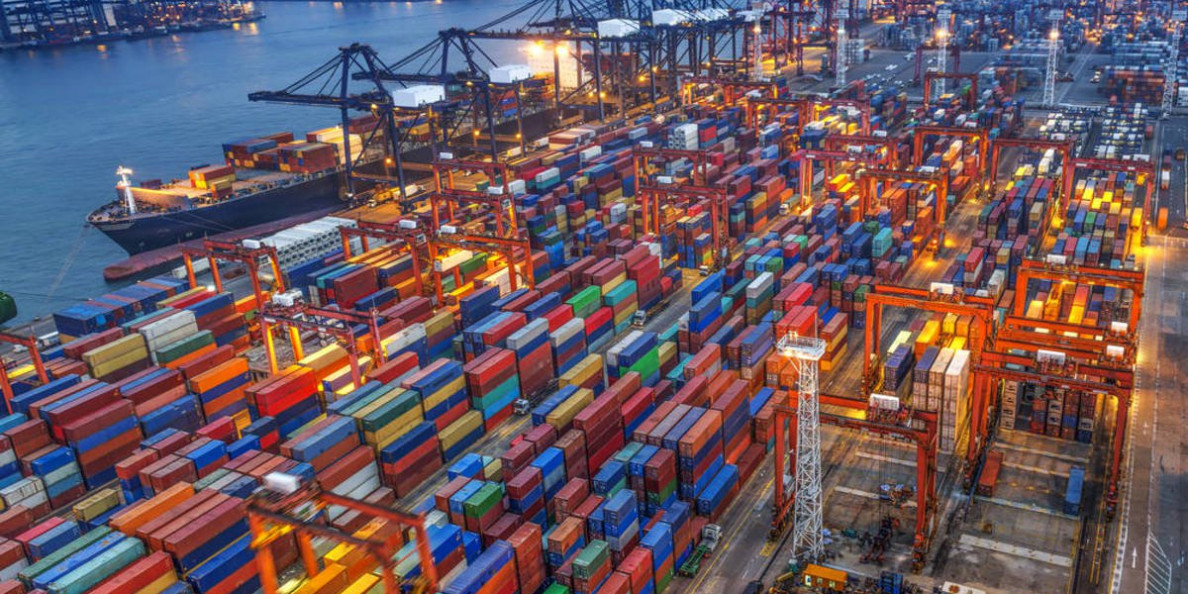With no visible end in sight for the trade dispute between China and the United States, cotton industry stakeholders met recently in Lubbock to discuss the situation.
About 220 people representing all segments of the cotton supply chain such as producers, warehouse operators, merchants and shipping agencies gathered for a meeting organized by the Texas Cotton Association (TCA).
The flow of cotton from the United States to markets several thousand miles away is complex, and any trade dispute surely affects the flow. New markets and their requirements must be considered in these situations. Therefore, the TCA meeting was significant, this year more than ever.
“The purpose of this annual meeting is to provide a forum and timely setting for each segment of the cotton industry to meet to communicate any anticipated problem associated with flowing Texas cotton to market,” stated Kandice Poteet, executive vice president of the Texas Cotton Association. “If there is one broken link in the chain, we all suffer.”
While discussing the demand for U. S. cotton, Poteet stated that, in a recent meeting, the China National Textile and Apparel Council indicated that the demand for U. S. cotton in China would increase by one million bales over previous years – highly significant while there are trade disputes between the two countries.
Steve Verett, executive vice president of Plains Cotton Growers, Inc., updated the status of the 2018 cotton crop from the High Plains and Rolling Plains of Texas. His analysis on the quality of this year’s cotton showed that cotton maturity is on track and will be better than the 2017 crop. He was optimistic about the staple length being good and micronaire returning to normal ranges. There has, however, been significant abandonment of dryland acres in the region.
Yet, as expected, the impact of recent tariffs dominated the discussions. As China’s lead as the number one importer of U.S. cotton has eroded in the past two years, it still imports a significant quantity. As textile processing continues to shift away from China, focusing on the needs of emerging markets in Southeast Asia and the flow of cotton to these markets must be carefully considered by the U.S. cotton industry.
Stated simply, the situation needs attention.
“We are much better without tariffs, but trade wars come and go,” stated Darren Hudson, professor of Agricultural Economics at Texas Tech University. He added that an extended trade war may not be good, as it affects the supply chain.
Setting aside the current trade dispute, providing contamination-free, good quality cotton based on a reasonable delivery schedule is important for the United States to have premium markets.
“The U.S. cotton industry has worked hard for many years to build the reputation of being contamination free,” noted Verett. “The whole industry, from producers to ginners, must do everything possible to keep plastic out of cotton harvesting and processing so that we do not diminish our reputation of contamination free cotton.”
Dr. Seshadri Ramkumar is a professor in the Department of Environmental Toxicology and The Institute of Environmental and Human Health at Texas Tech University, and a frequent contributor to Cotton Grower
Πηγή: Cotton Grower

